Maintaining your log splitter is crucial for optimal performance. Regular care ensures that models like the SuperHandy and Landworks 20-Ton Log Splitter last longer. Whether you have a 14 Ton Electric Log Splitter or a 25 Ton Gas Log Splitter, proper upkeep is essential. Good maintenance keeps these machines running smoothly and helps you avoid significant repair costs. These tips are beneficial for all splitter types, including the 20 Ton Gas Log Splitter and the Landworks 20-Ton Log Splitter, saving you both time and money.
Key Takeaways
-
Clean your log splitter often to stop rust and keep it working well.
-
Look at the hydraulic fluid level often. Low fluid can make the splitter work badly. Use the right fluid and don’t mix different types.
-
Keep the blade sharp and check for damage often. A sharp blade splits logs easily and protects the machine from wearing out quickly.

Cleaning and Lubrication
Cleaning the Log Splitter
Keeping your log splitter clean is an easy way to make it last longer and work better. Regular cleaning gets rid of dirt, wood bits, and grease that can cause rust or block important parts. Here’s how to clean it:
-
Don’t use strong chemicals that could harm the hydraulic parts.
-
Pay attention to the beam, wedges, and areas where sap and debris collect.
-
Dry the splitter completely after cleaning to stop rust or corrosion.
-
Check the machine while cleaning. Look for cracks, worn-out parts, or leaks in the hydraulic fluid.
-
Clean more often if you use your splitter a lot.
Lubricating Moving Parts
Lubricating moving parts is key to keeping your splitter running smoothly and avoiding damage. Here’s how to do it:
-
Use a good-quality lubricant made for tough outdoor tools.
-
Spread a thin, even coat on all moving parts, like the ram and pivot points. This stops dirt from sticking to the lubricant.
-
Follow the maker’s instructions for how often to lubricate. Regular lubrication keeps your splitter in great shape.
-
While adding lubricant, check for worn-out parts or damage. Fix any problems right away to avoid bigger issues later.
Quick Reminder: Lubricating moving parts not only helps them work better but also protects them from rust, especially if your splitter is stored outside.
Detecting Hydraulic Leaks
Leaks in the hydraulic system can cause big problems. Spotting them early helps avoid expensive fixes. Here’s what to check:
-
Leaking fluid: Look for fluid around hoses, fittings, or on the ground.
-
Low system pressure: If the splitter feels weak or struggles, it might have a leak.
-
Damaged seals or hoses: Look for cracks or wear. Replace broken parts quickly.
Alert: Hydraulic leaks are common and can cause failures. Regular checks stop most leak issues.
Removing Air from the Hydraulic System
Air in the system makes the splitter act strangely and lose power. Removing air is simple and keeps it running smoothly. Follow these steps:
-
Check hoses and fittings for leaks. Fix or replace loose or damaged parts.
-
Make sure the pressure relief valve is set right. This stops extra strain on the system.
-
Run the splitter at low pressure and open the bleed valve to let air out.
-
Check the suction side to make sure no air is getting in.
Pro Tip: Always remove air after changing fluid or fixing parts. This keeps the system working its best.
By following these tips, your hydraulic log splitter will stay reliable and ready to use. Regular care prevents downtime and keeps it working like new.
Blade and Wedge Maintenance
Taking care of the blade and wedge is very important. Regular checks and sharpening help your splitter cut wood easily. This also stops extra strain on the machine.
Sharpening the Blade or Wedge
A dull blade or wedge makes splitting logs harder. Use the right tools to sharpen it well. Here’s how to do it:
-
Use hand files for small fixes. They are simple to use.
-
For sharper edges, try diamond wheels. They work great for clean cuts.
-
A Hud-Son Band Blade Sharpener is good for regular upkeep.
-
High-quality grind wheels give the best sharpening results.
Make sure the edge is smooth and even after sharpening. This helps the splitter work better with less effort. Clean off dirt and sap before sharpening for the best results.
Tip: Sharpening often protects the hydraulic system from damage and costly repairs.
Inspecting for Damage
Checking for damage often helps avoid problems. A broken blade or wedge can cause poor performance or accidents. Look for these issues:
-
Cracks or chips: Small cracks can grow bigger over time.
-
Bent edges: A bent wedge won’t split logs properly.
-
Rust spots: Rust weakens the metal and shortens its life.
-
Loose fittings: Make sure all parts are tightly attached.
If you see damage, replace the part right away. Using broken parts can harm the hydraulic system and lower efficiency.
Reminder: Check the blade and wedge after heavy use. This keeps your splitter safe and working well.
By sharpening and checking the blade and wedge regularly, your splitter will stay in great shape. These small tasks keep it running like new for years.
Cleaning or Replacing Air Filters
Air filters keep the engine clean and working properly. Dirty filters make the engine struggle and lose power. For electric log splitters, clean filters are also important. Follow these steps:
-
Take off the air filter cover and remove the filter.
-
Wash foam filters with soap and water, then dry them fully.
-
Tap paper filters gently to clean them, or replace them if too dirty.
-
Put the filter back and secure the cover tightly.
Cleaning or replacing air filters regularly helps the engine stay strong and prevents damage. This easy step keeps your log splitter working like new.
Performing Oil Changes
Changing the oil is one of the most important tasks for your engine. Fresh oil keeps the engine smooth and stops overheating. Do it like this:
-
Warm up the engine a little to make the oil flow easier.
-
Put a container under the drain plug and remove the plug to let the oil out.
-
Put the drain plug back and add the recommended oil type.
-
Use the dipstick to check the oil level and adjust if needed.
Regular oil changes keep the engine in great shape and prevent expensive repairs later.
Pro Tip: Check electrical parts and hoses during maintenance. This helps you find problems early and keeps your log splitter working well.
By following these steps, your log splitter will stay reliable and perform consistently. Regular care makes your machine last longer and work better.
Storage and Protection
Getting Ready for Long-Term Storage
If you won’t use your log splitter for a while, store it properly. First, clean the machine well. Remove dirt, sap, and debris from all parts. Pay extra attention to the blade and hydraulic system. This stops rust and damage from building up.
Next, drain the fluids if the splitter will sit unused for a long time. Old hydraulic fluid and engine oil can go bad, so empty them before storing. After draining, dry the machine completely. This prevents problems caused by leftover moisture.
Pick a dry, safe place like a garage or shed for storage. Avoid areas with high humidity or extreme temperatures. These conditions can cause rust or wear. If indoor space isn’t available, cover the splitter with a tarp or protective cover to keep it safe from dust and weather.
Tip: Check for worn parts or leaks before storing. Fixing these now avoids trouble later.
Protecting Against Environmental Damage
Weather can harm your log splitter if you don’t protect it. Moisture causes rust and corrosion over time. Always store the splitter in a dry spot. If your area is humid, use a dehumidifier to keep the storage space dry.
Extreme heat or cold can also hurt the splitter. Heat can ruin hydraulic fluid, while freezing temperatures might crack parts. A temperature-controlled space helps avoid these problems.
Dust and debris can block moving parts and lower performance. Cover the splitter with a tarp or special protective cover to keep it clean.
Reminder: Regular care before and after storage keeps your log splitter ready to work when you need it.
Changing Worn-Out Parts
Replacing broken parts keeps your log splitter working well. First, find the damaged part. For example, if the hydraulic pump leaks or loses pressure, replace it. Cracked hoses or dull wedges also need quick fixes.
Here’s how to replace parts:
-
Turn off the machine and unplug it.
-
Use the manual to find the part and learn the steps.
-
Remove the broken part gently. Don’t force anything to avoid damage.
-
Attach the new part securely. Check connections to make sure they’re tight.
-
Test the machine to ensure the repair worked.
Simple parts like filters, seals, and gaskets are easy to replace. These wear out faster and need regular checks. For harder fixes, like changing the hydraulic cylinder or control valve, ask a professional for help.
Reminder: Fixing parts quickly keeps your log splitter strong and makes it last longer.
Taking care of your log splitter is simple and important. Regular maintenance helps it work well, avoids damage, and keeps strong pressure for splitting logs. Use these tips to make your log splitter last longer and perform its best. With regular care, your machine will stay dependable for many years.
FAQ
What if my log splitter doesn’t start?
Check the spark plug and fuel level first. Look at the air filter too. For electric models, make sure the power is on. Replace any broken parts if needed.
How often should hydraulic fluid be replaced?
Follow the instructions in your manual for the best results.
Can I use my log splitter in cold weather?
Yes, but warm up the hydraulic system before starting. Use special hydraulic fluid made for freezing temperatures to avoid damage. This helps it run smoothly.


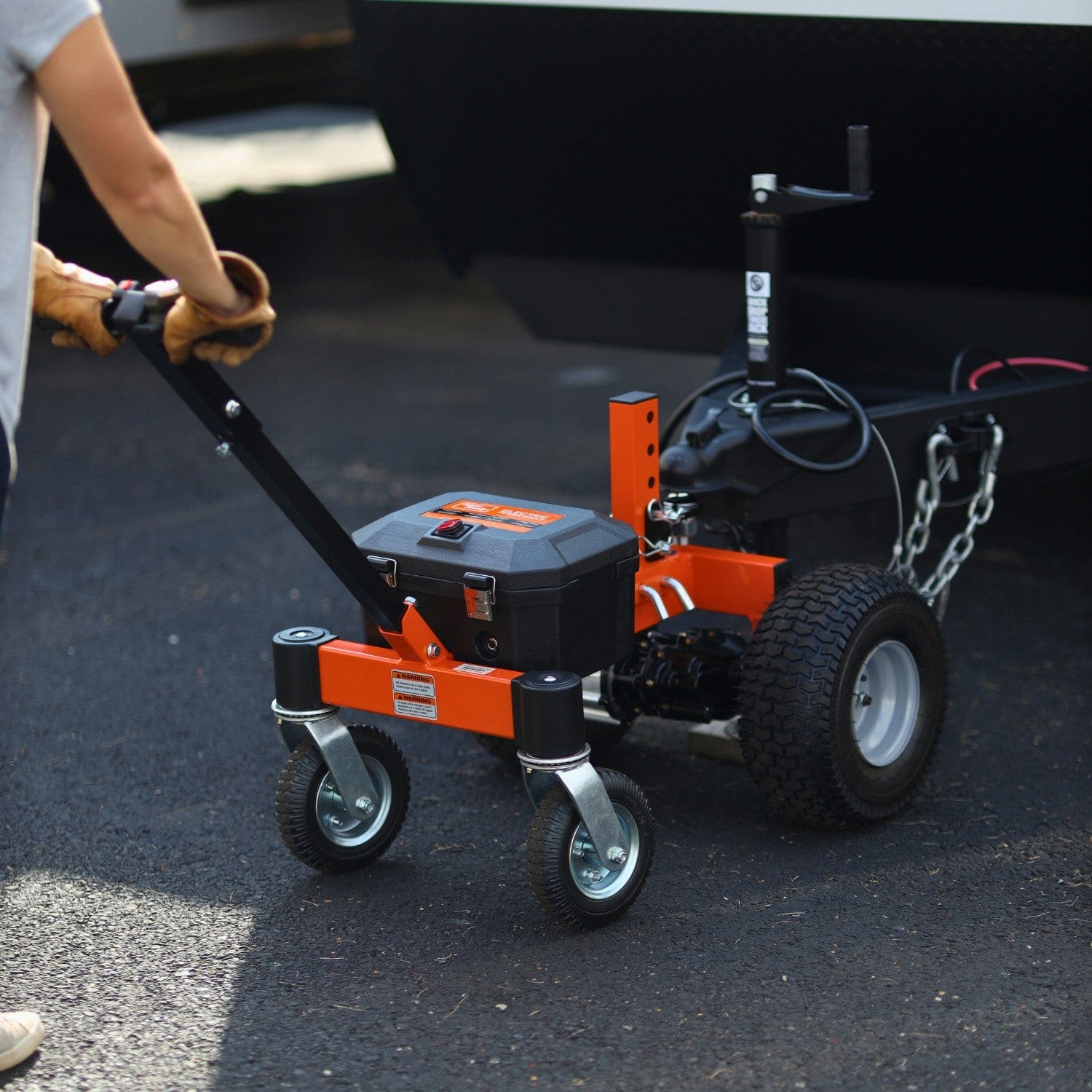
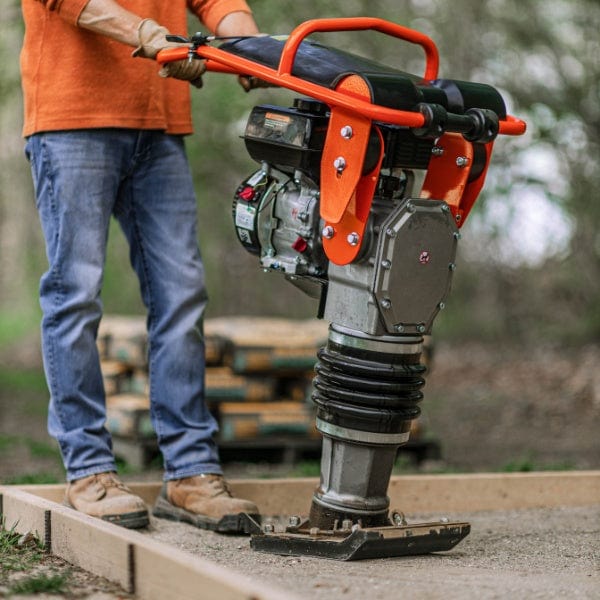
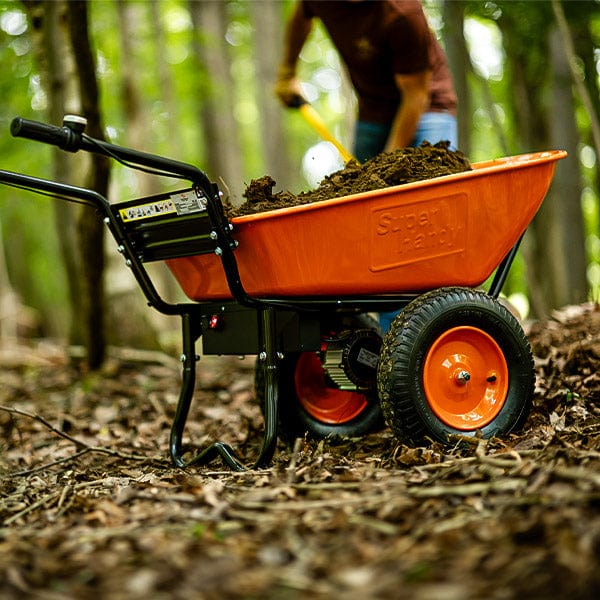


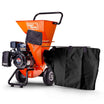
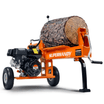
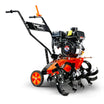
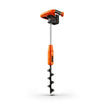
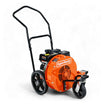
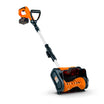
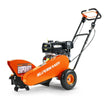
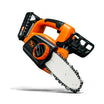
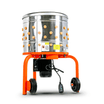
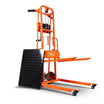
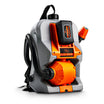
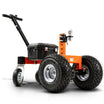
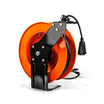
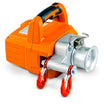
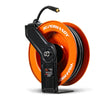
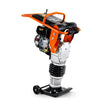
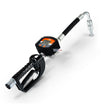

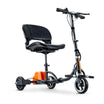
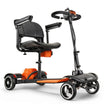

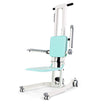

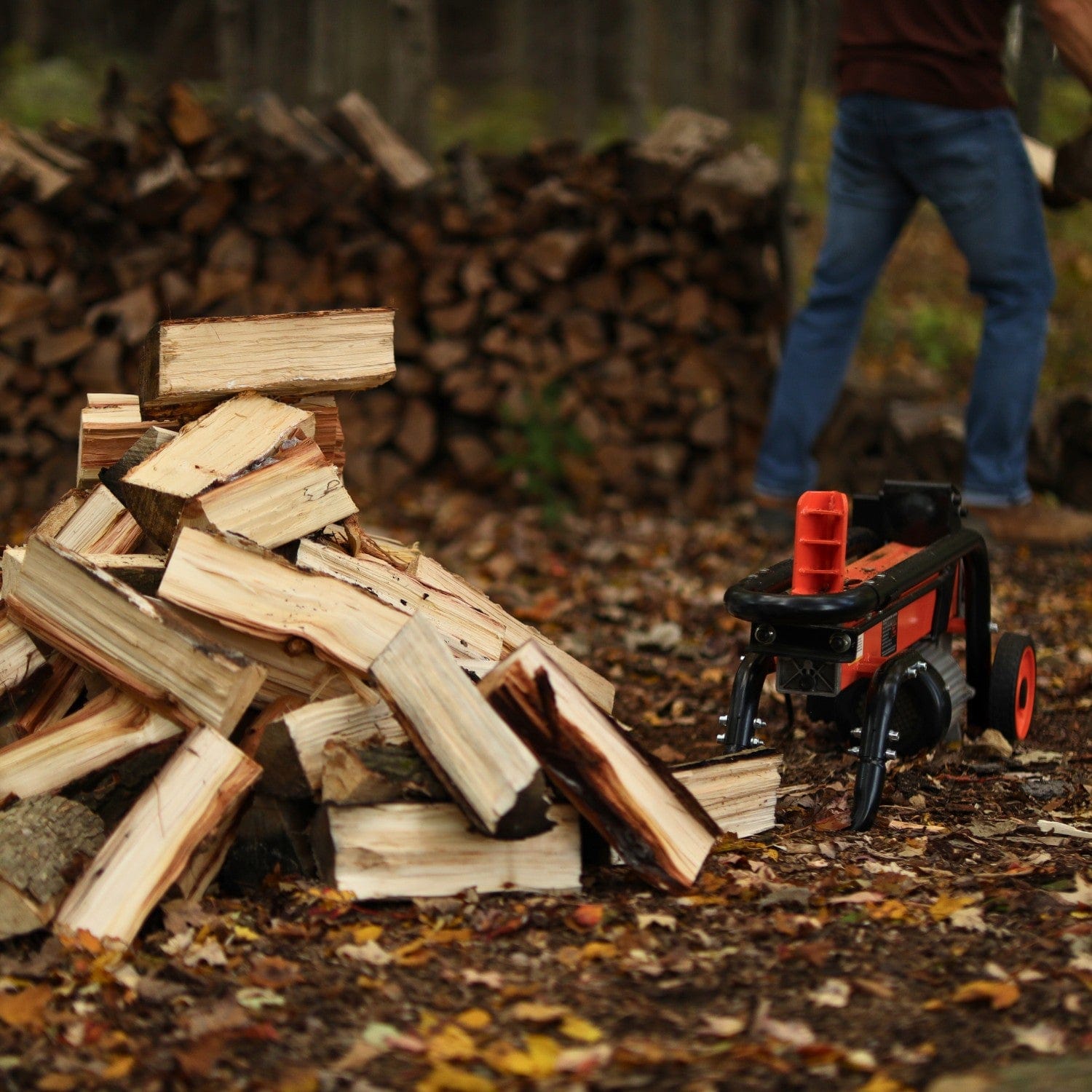
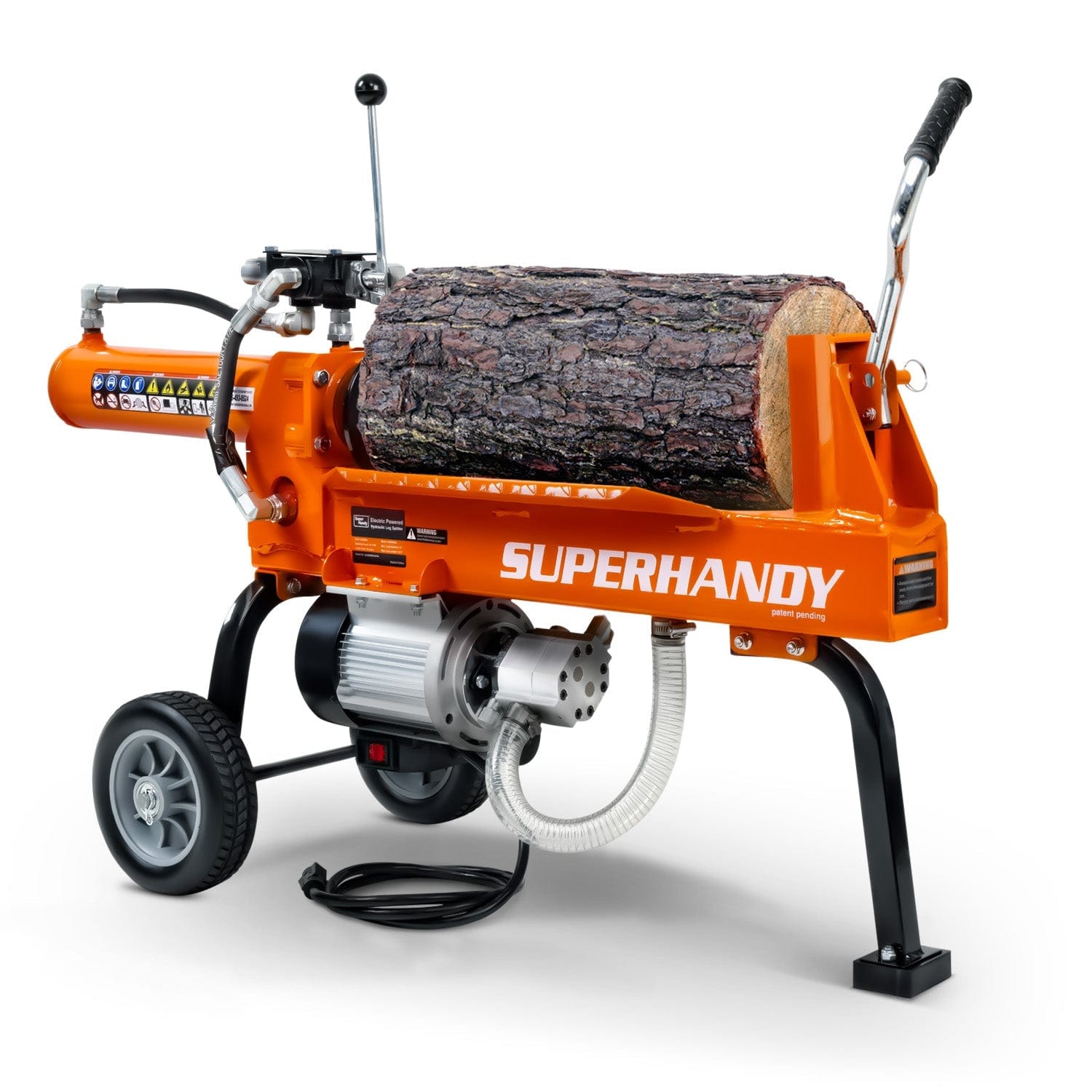
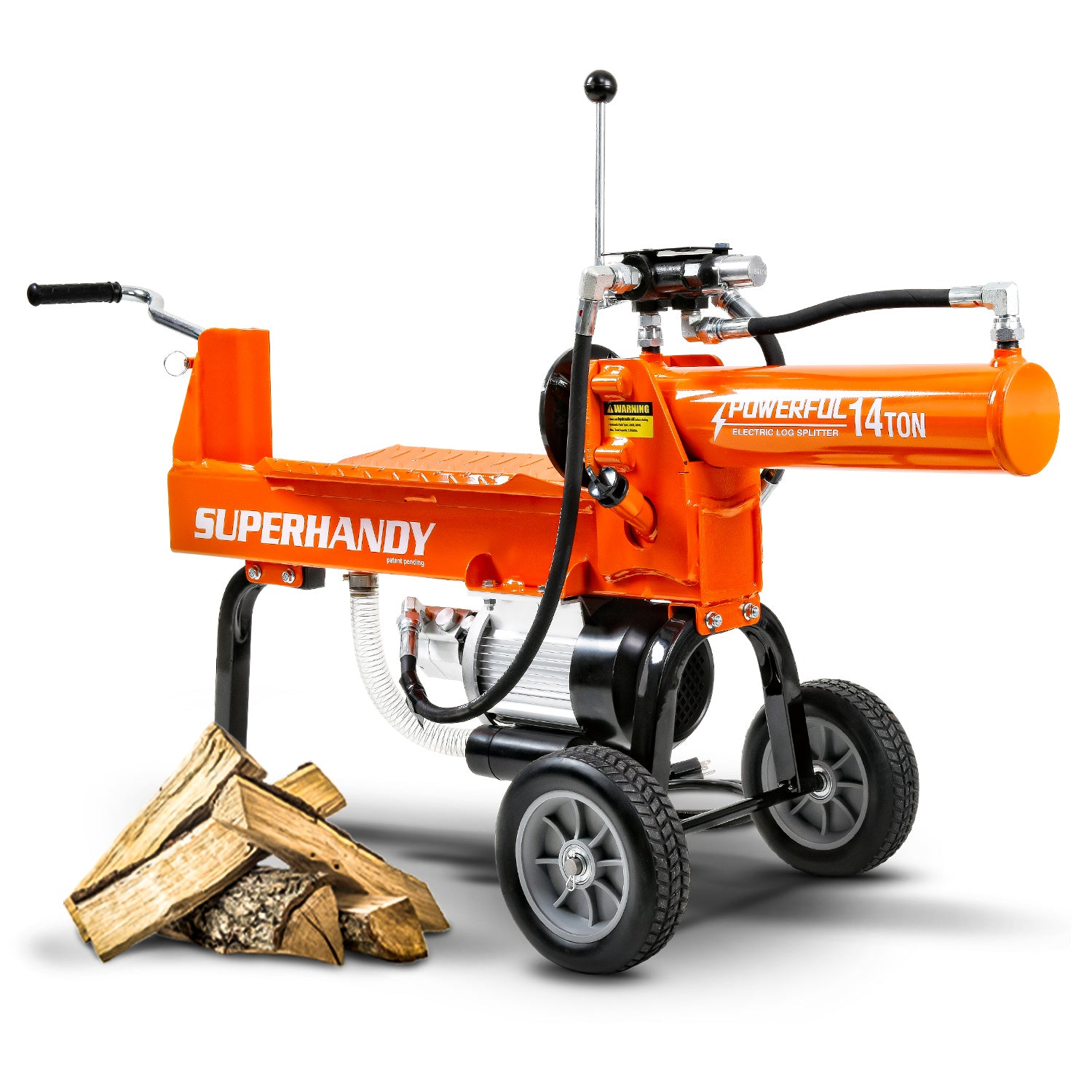
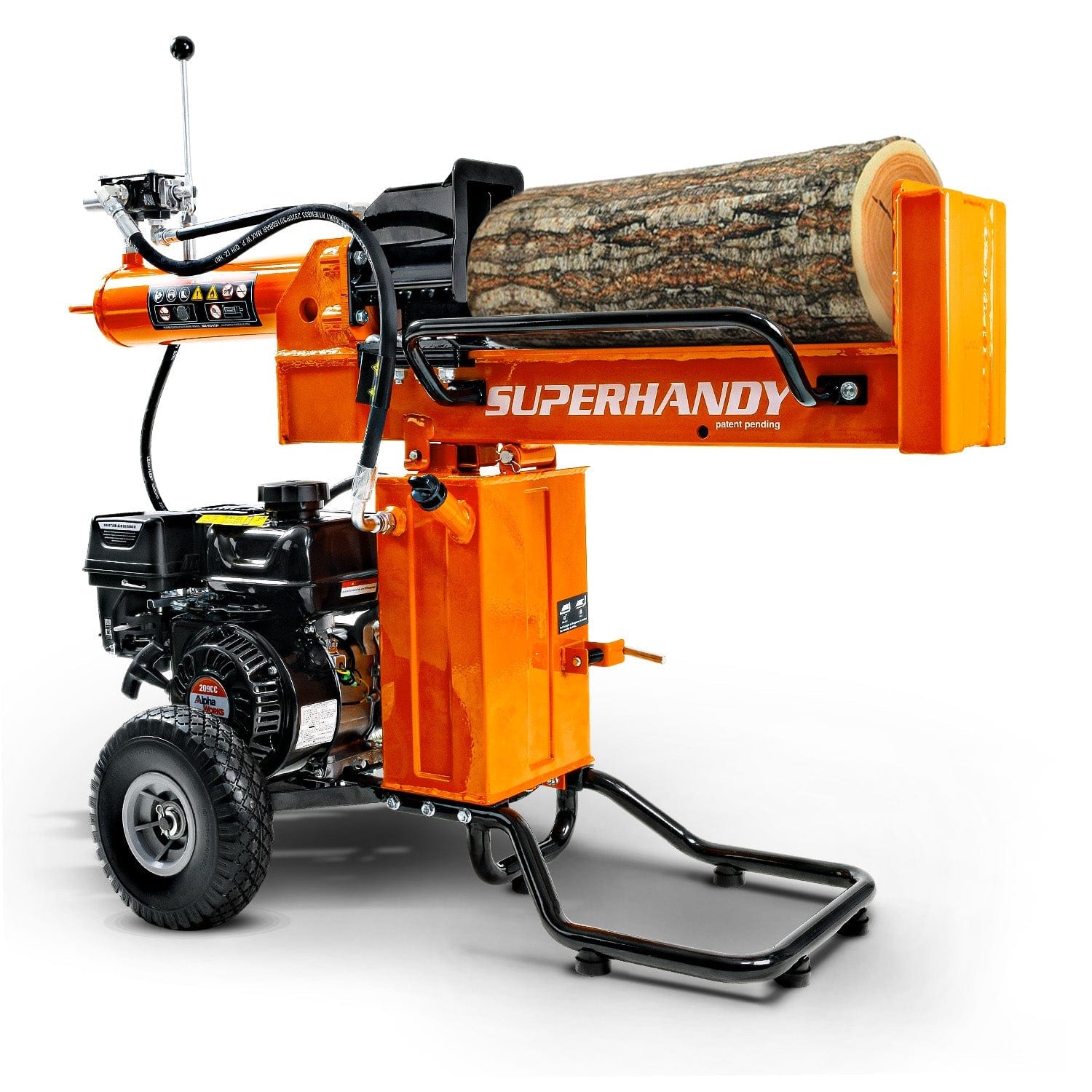
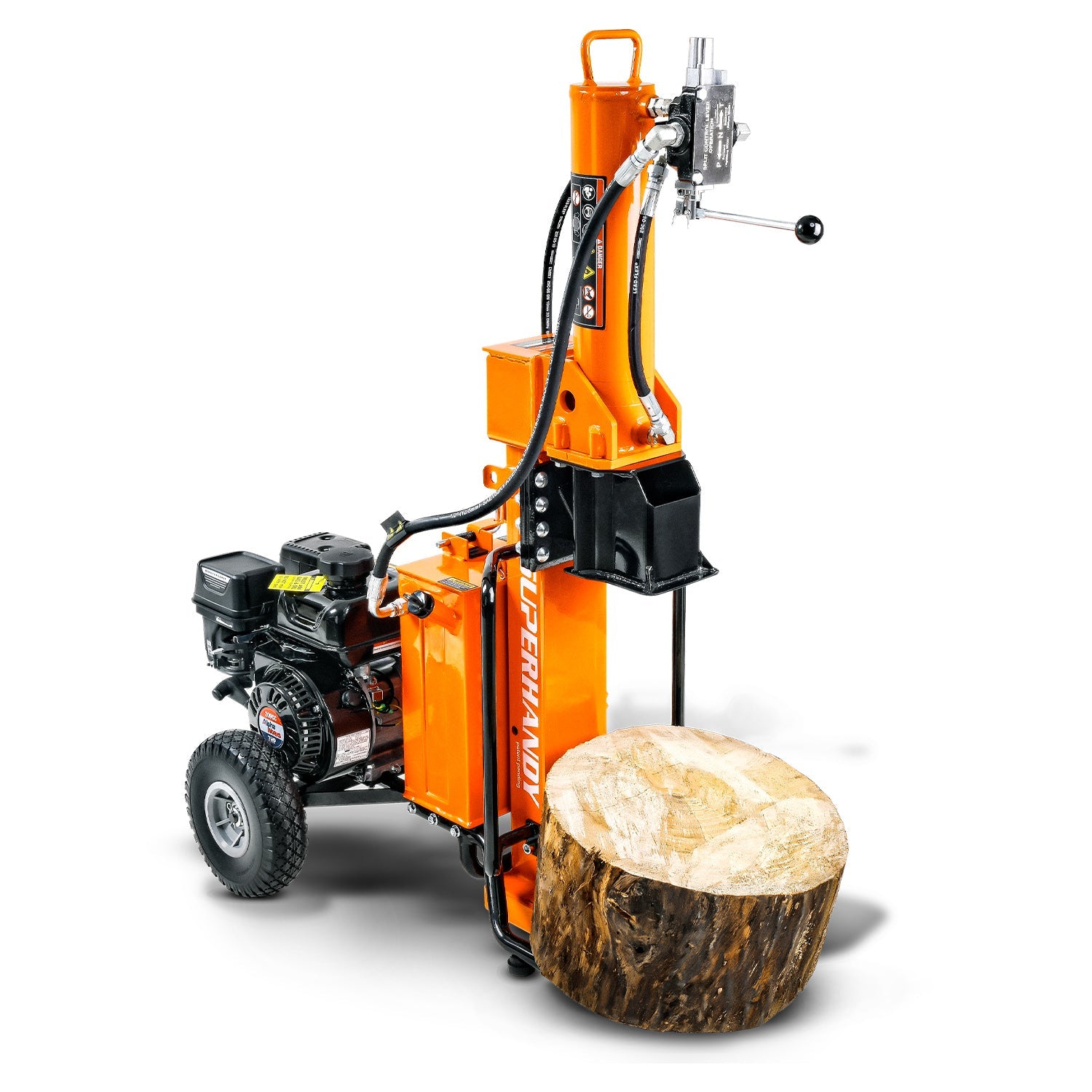
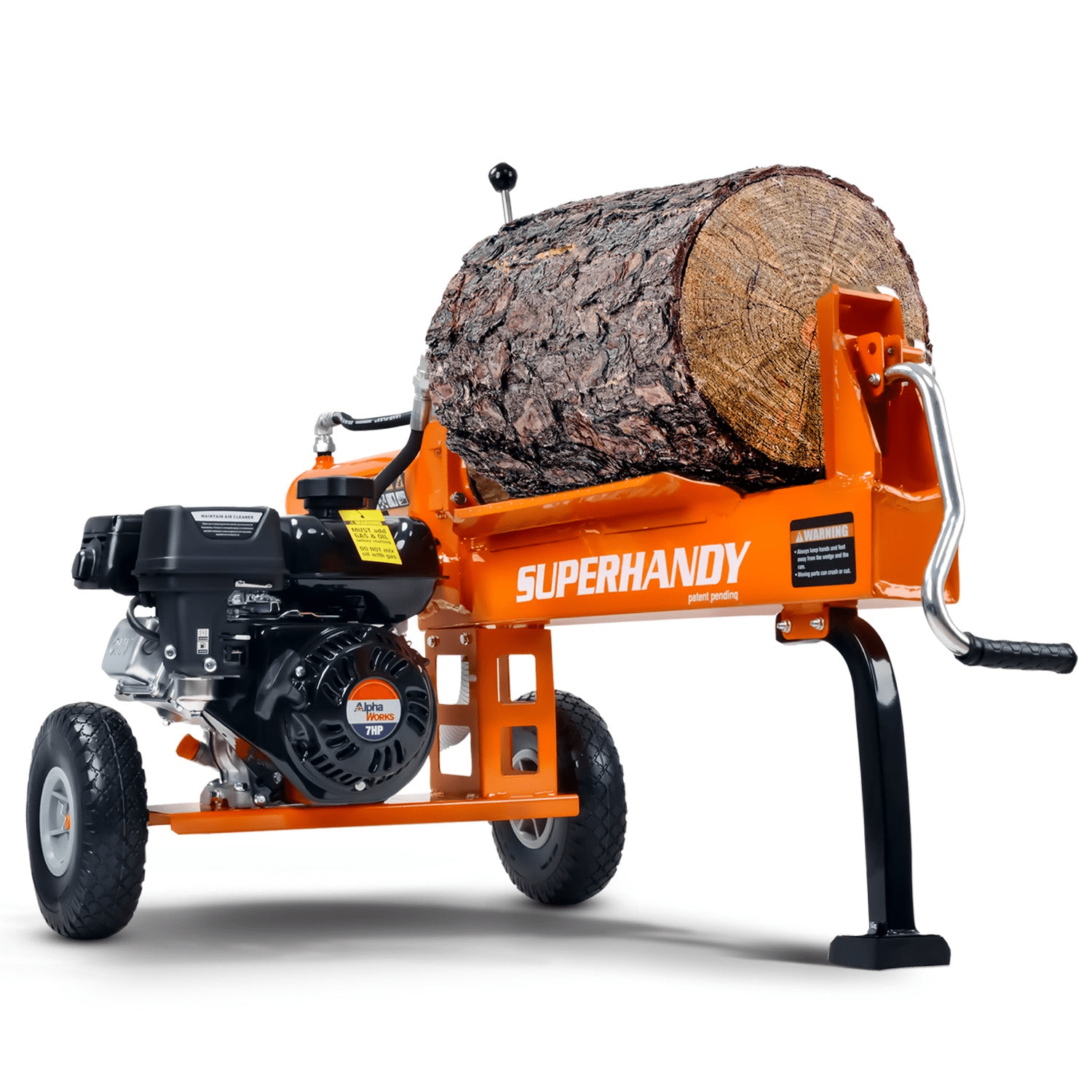
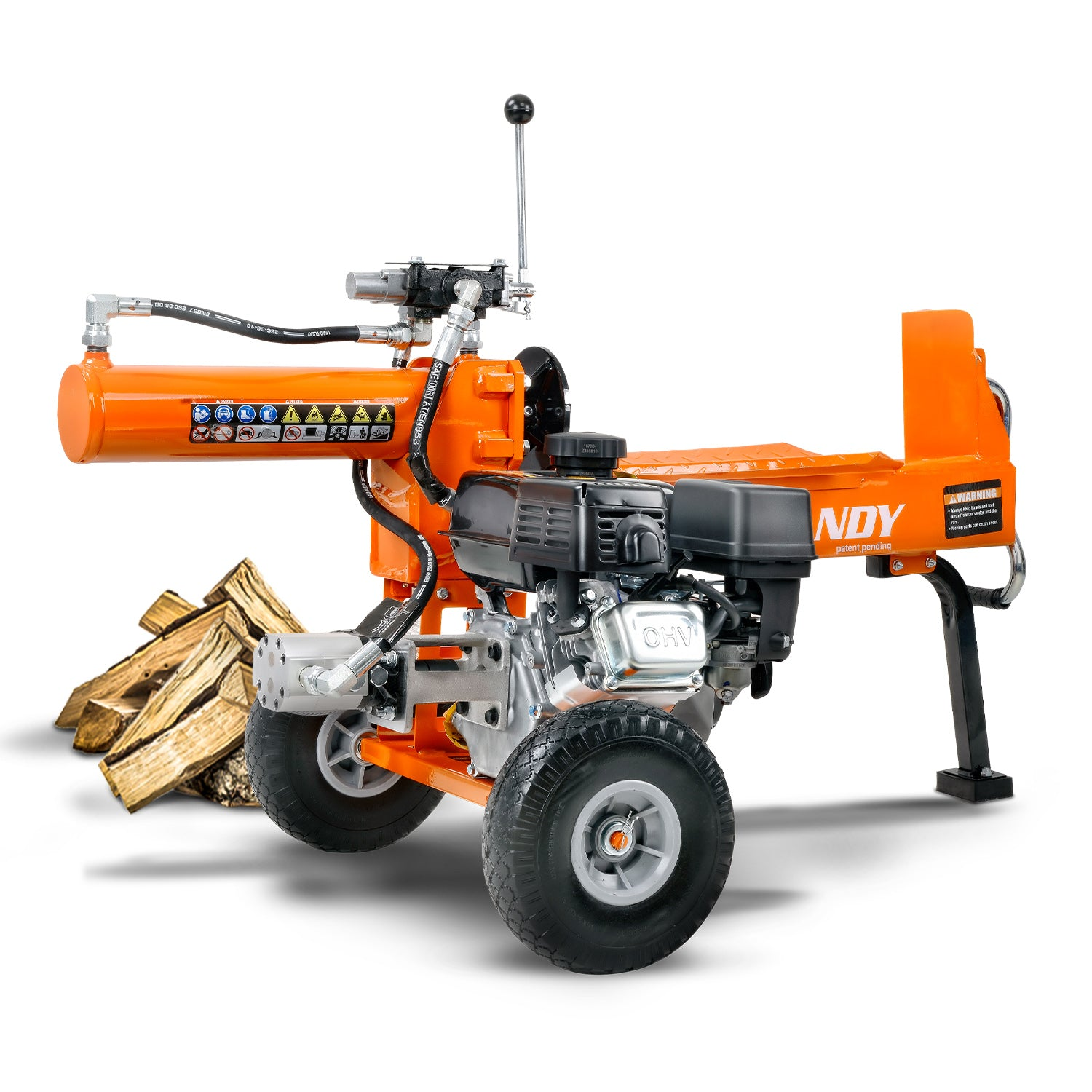
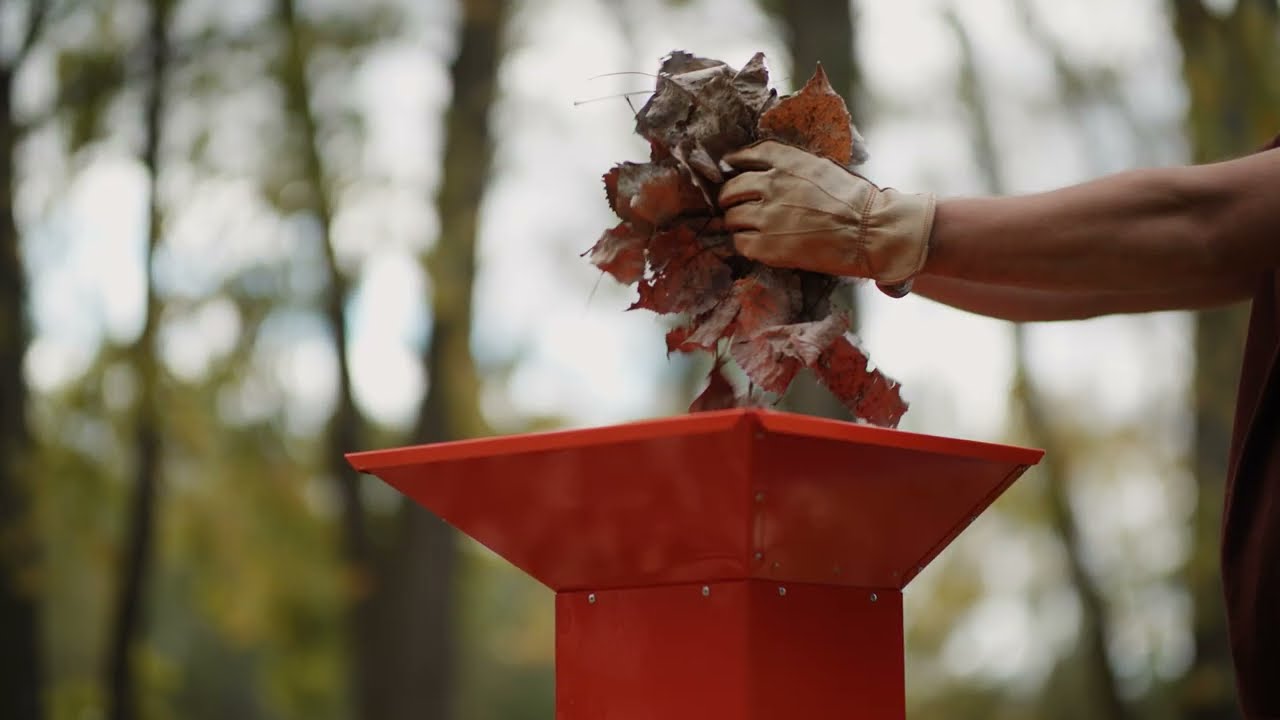
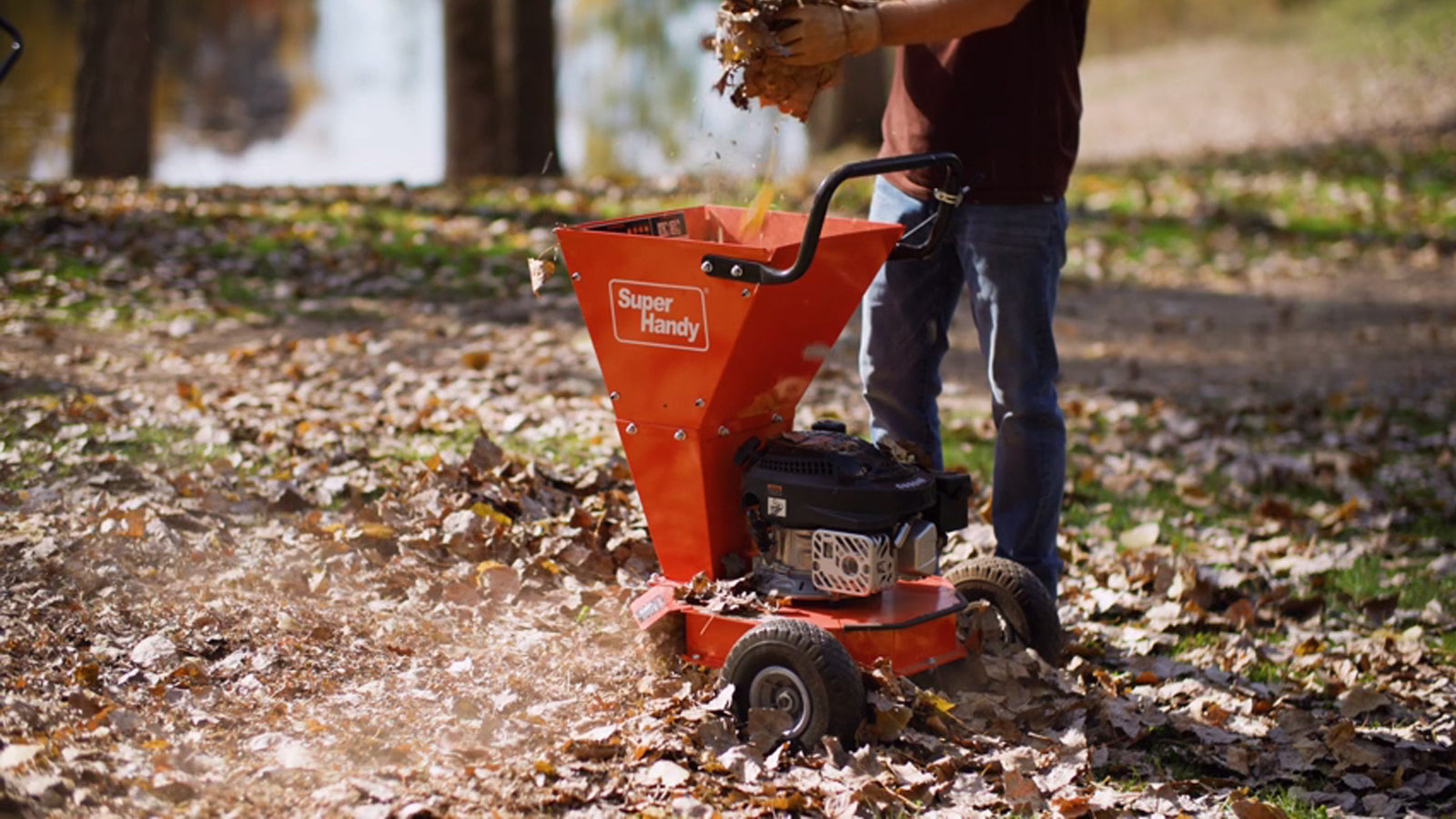
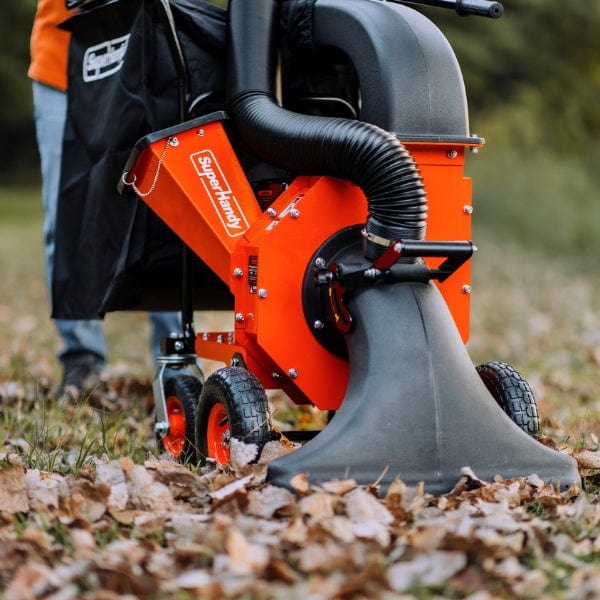
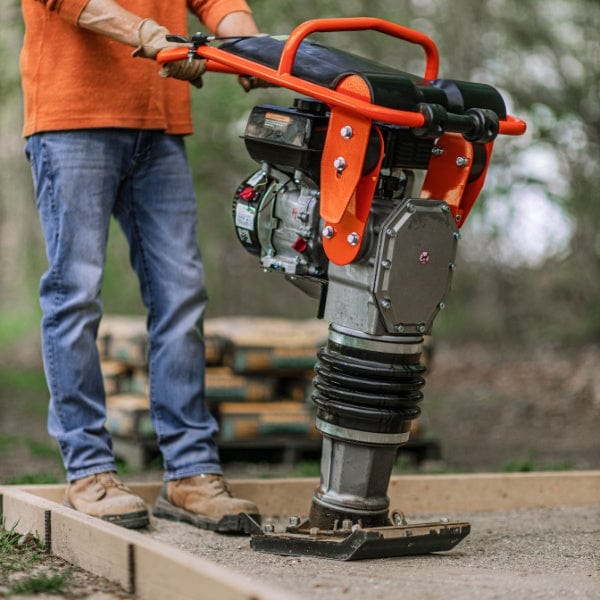


Leave a comment
All comments are moderated before being published.
This site is protected by hCaptcha and the hCaptcha Privacy Policy and Terms of Service apply.